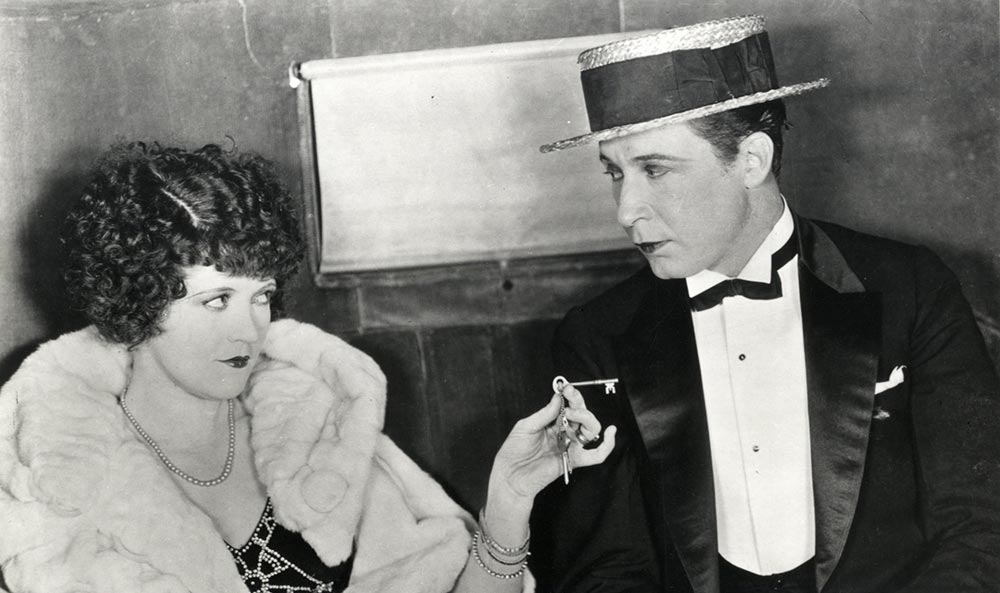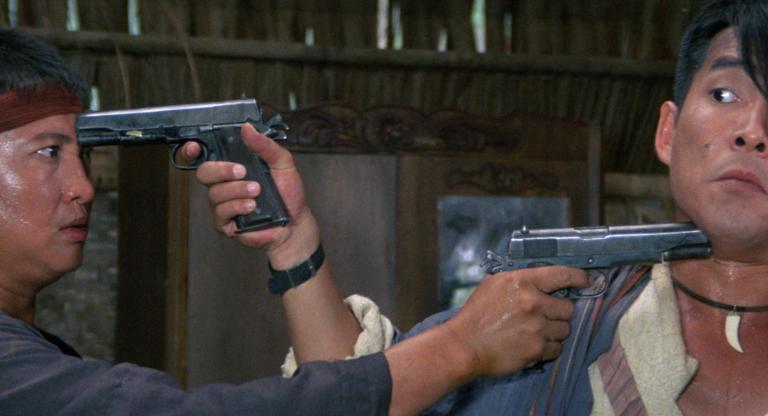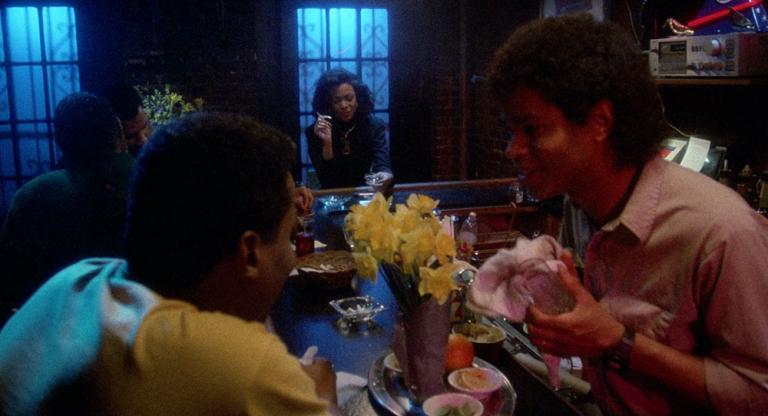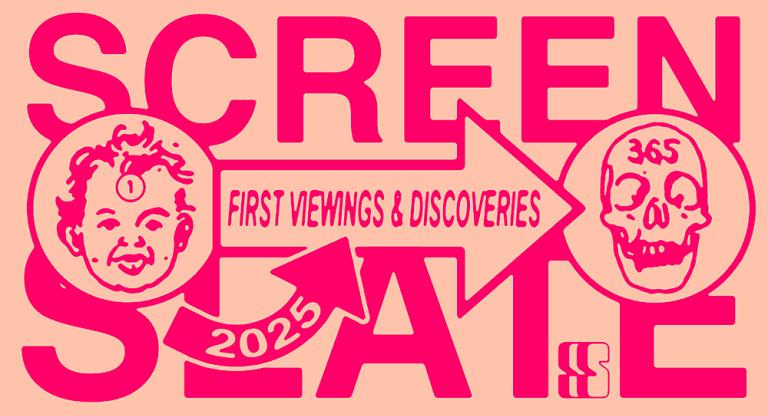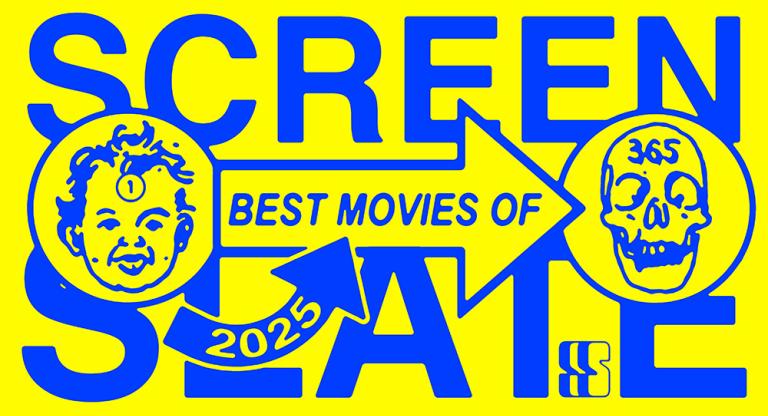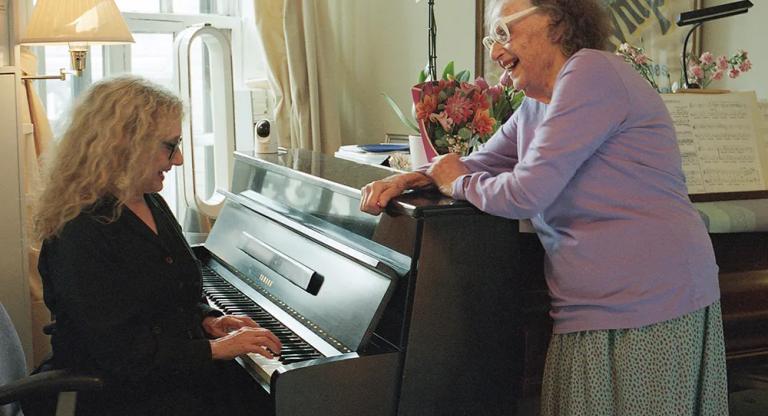Ernst Lubitsch gave audiences some of the most beloved comedies of Hollywood’s Golden Age. In films such as Trouble in Paradise (1932), Design for Living (1933), Ninotchka (1939), and To Be or Not to Be (1942), the master director renders the vicissitudes of love, desire, and jealousy with a unique erudition that would come to be known as the “Lubitsch touch.” His unparalleled ability for sophisticated comedy with a candidness about the sticky side of love affairs is already well developed in his 1924 silent film, The Marriage Circle.
Lubitsch began his career in Germany, appearing as an actor in some 30 films between 1912 and 1920. Eventually he would leave behind acting in order to focus on directing, and after a few major European successes, travel to America at the behest of Mary Pickford. After working with the star on the film Rosita (1923), he landed a six-picture deal with Warner Bros. beginning with this adaptation of Lothar Schmidt’s play, Only a Dream.
Set in Vienna, the film follows two couples whose romantic lives become intertwined, leading to a series of funny and dramatic misunderstandings. In key moments we watch Lubitsch’s artistry elevate the proceedings. When Mizzie is unexpectedly faced with Charlotte’s husband, with whom she only moments earlier unknowingly shared a taxi and flirtation, she is stunned. She braces herself, her hand landing in close up on the keys of a piano. Even without sound, the discordant combination of notes can be heard, and Mizzie’s feeling of shock and, perhaps, guilt can be felt.
Lubitsch is known for sharp, acrobatic dialogue, and indeed, he and George Cuckor would remake The Marriage Circle in 1932 as a musical (One Hour With You). But even in silence, the director offers viewers a richly layered scenario with his typical urbanity and unrivaled “touch” for comic and sexual implication.
The Marriage Circle screens on 35mm with live Wurlitzer organ accompaniment at the Stanford Theatre on Saturday, March 1.
Previously:
The Marriage Circle screens Saturday, July 13, at the Niles Essanay Silent Film Museum, with live piano accompaninent by Greg Pane.
The Marriage Circle screens tonight, January 30, and on February 2, at the Museum of Modern Art, preceded by Charlie Chaplin’s The Adventurer (1917), both in new digital restorations. The program is part of “To Save and Project: The 19th MoMA International Festival of Film Preservation.”
